
President Donald Trump’s executive order mandating meat processing plants to stay open, despite growing coronavirus cases at meat plants, is rife with problems. It endangers the lives of thousands of workers and their communities.
- By Ivan Koychev
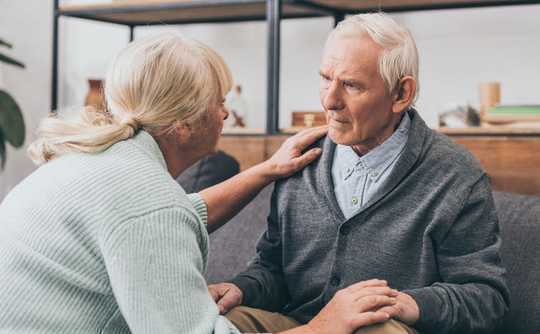
The past three decades saw a dramatic improvement in our understanding of what brings about Alzheimer’s disease.
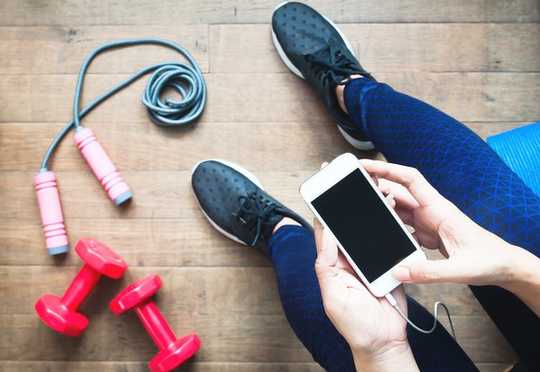
People around the world are staying at home as part of social distancing measures to limit the transmission of the novel coronavirus. In some countries people are being encouraged to exercise once a day.

Getting a good night’s sleep can be difficult at the best of times. But it can be even harder when you’re anxious or have something on your mind – a global pandemic, for example.

In her doctoral dissertation, Meredith Davis notes that “all discomfort in our lives, whether physical, mental, emotional or psychic, is the attempt of our Self to shift an energy pattern that is ready to be released on some level.”

This can feel like we have little control, but there are several evidence-based protective measures we can take in the interim to ensure we are as healthy as possible to fight off infection and prevent mental health problems that escalate with uncertainty and stress.
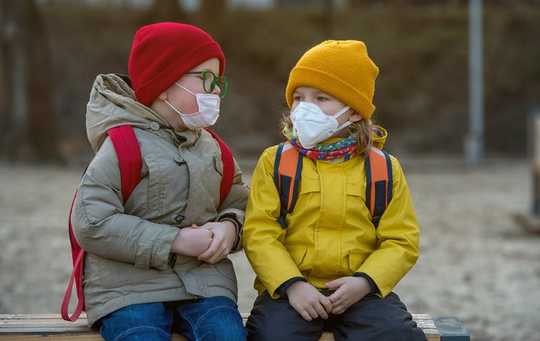
The UK Paediatric Intensive Care Society sent out an alert on April 27 about an increase in cases of severe COVID-19-related illness in children.

Sugar is not only the most prevalent addiction in our society, but it's also the least recognized and one of the hardest to kick. Yet almost no one calls sugar an addictive substance. What's truly frightening about it is that sugar is found in practically every food product on the grocery store shelf. Are we a society of unknowing addicts? Perhaps.

Americans seem constantly to be on diets -- grapefruit diets, cabbage diets, low-carb diets, high-protein diets, raw food diets, you name it. The elusive goal of these many plans is weight loss. Yet we have the fattest society ever...
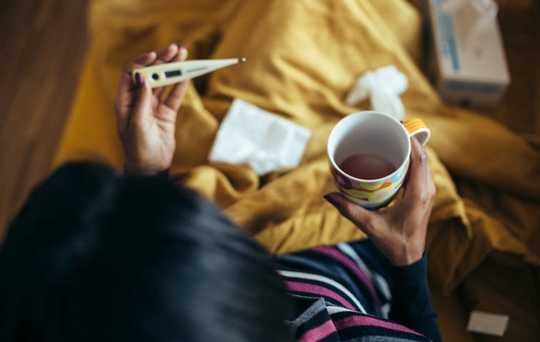
As the coronavirus pandemic stretches on, a small proportion of Australians infected have now died, while most have either recovered, or are likely to recover over the next few weeks.

Intense and frequent night sweats zapped my vitality during perimenopause, the transition to menopause. I would wake in the night feeling suddenly anxious — then a wave of heat would sweep over me — a night sweat.
- By Lena Ciric

For many of us, grocery shopping is when we will come into contact with the highest number of people during the pandemic.

Charles Darwin popularized the concept of survival of the fittest as a mechanism underlying the natural selection that drives the evolution of life.

A great deal of research has been done in an effort to understand the structures and processes that are necessary for vision. What is obvious is that each eye feeds specific information through the visual pathways to the two sides of the brain.
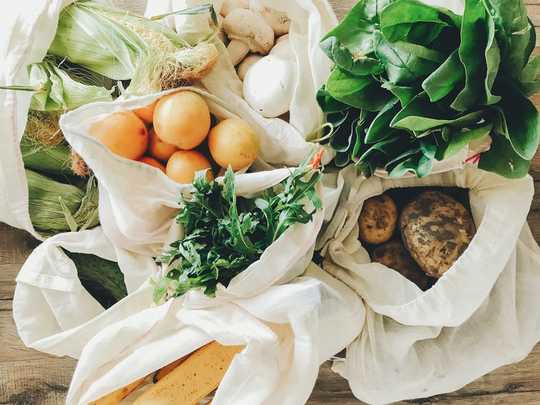
Over the last month there has been a dramatic transformation in our access to and the availability of food – along with where we eat and with who.

As a psychologist and the mother of two college-aged students, I am concerned about my children’s future emotional well-being.
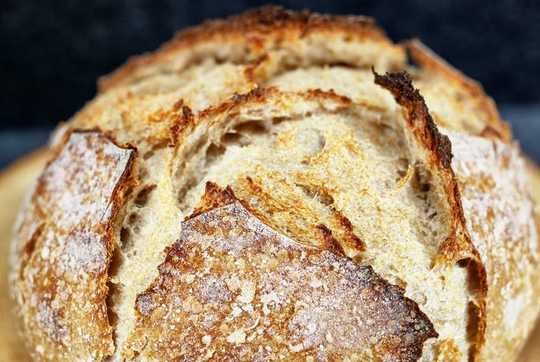
More time at home combined with supermarket shortages of essentials, has fostered the creativity of a whole new generation of home bakers.

Recent headlines have suggested COVID-19 can spread up to four metres, drawing into question the current advice to maintain 1.5 metres between people to prevent the spread of the virus.
- By Adam Hawkey

A third of humanity is now under lockdown. This measure is crucial to minimise the spread of COVID-19, but what impact will it have on health and wellbeing?

Many ancient cultures, such as the Incas, Egyptians and Tibetans, believed in and taught breathing exercises for healing purposes and to raise consciousness. Mystics and gurus believed that practising pranayama led to the experiencing of the true self and the universe.

Fasting is an art. By creating space in your body, it will help create space in your life for the things you want, including loving relationships, a disease-free body, and prosperity in line with your highest ideals.

Since World War II, rates of depression have doubled in the U.S., and depression is now the second most disabling illness in the Western world after heart disease. I have organized a holistic program for the prevention and treatment of depression into five areas — physical self-care, mental/emotional self-care, spiritual self-care, people support, and lifestyle habits.
 To avoid the high risk COVID-19 poses to older adults with chronic illnesses, many doctors have shifted appointments to telemedicine. BSIP/Universal Images Group via Getty Images
To avoid the high risk COVID-19 poses to older adults with chronic illnesses, many doctors have shifted appointments to telemedicine. BSIP/Universal Images Group via Getty Images
Amid the stress and confusion of coronavirus shutdowns and social distancing orders, it can seem to older patients as though everything is on pause. Clinics have postponed regular office visits. Patients worry about going to pharmacies and grocery stores. There’s even anecdotal evidence that people with serious issues such as chest pain are avoiding emergency rooms.
One important fact must not get overlooked amid this pandemic: Chronic health conditions still need attention.
If you had diabetes before the pandemic, you still have diabetes and should be monitoring your blood sugar levels. If you were advised to follow a low-salt diet before the pandemic to control your blood pressure, you still need to follow a low-salt diet during what my spouse calls “the duration.” If you had to check in with your doctor if your weight increased from underlying congestive heart failure, you still need to check your weight daily and call your doctor.
As I remind my geriatric patients, taking care of chronic conditions is even more critical right now as the new coronavirus raises the risk for people with underlying medical problems.
Lungs, heart and even kidneys
If you have chronic medical conditions and you become infected with the coronavirus, you’ll likely face an increased risk of developing severe symptoms.
The Centers for Disease Control and Prevention looked at a sample of U.S. patients with COVID-19 and found that 89% of those hospitalized in March had underlying conditions. The percentage rose to 94% for patients age 65 and older.
COVID-19 primarily affects the lungs, and people with lung diseases, such as COPD, have less “pulmonary reserve,” which is like having a backup generator waiting to kick in if the power goes out. So, what might have been a mild infection for someone else can develop into a severe infection for someone with lung problems.
Beyond the lungs, doctors and scientists are starting to see signs that COVID-19 may have devastating effects on the kidneys and heart. An extreme immune system response known as a cytokine storm can damage organs, and mini blood clots have developed in some patients.
High blood pressure, congestive heart failure or diabetes can also increase the risk of developing severe symptoms from COVID-19. In the CDC sample, 73% of older patients hospitalized with COVID-19 also had hypertension, about a third had diabetes and just over half had cardiovascular disease.
How to keep seeing your doctor
Managing chronic conditions amid a pandemic is not easy. It requires adjusting daily routines and dealing with new obstacles.
One of the challenges is medical appointments. During the pandemic, most geriatric clinics have postponed in-person visits for routine check-ups to avoid exposing patients or staff to the coronavirus. But that doesn’t mean your doctor isn’t there for you.
My clinic, for example, has transitioned most patient appointments to telehealth. This allows us to keep in touch with our patients and their symptoms and to adjust treatment plans in real time.
Online portals with “virtual waiting rooms” allow for video visits between patient and doctor. For patients who don’t have access to the internet or aren’t as comfortable with the technology, the telephone works, too. Patients can send photos of injuries. Over 90% of my clinic visits with my geriatric patients are now by telephone. We schedule time for the clinic appointment, the clinic staff registers the patient, and then I call the patient for the check-up.
I was in the middle of one of these visits recently when a patient asked me if I thought they should try telehealth. I was surprised by the question, and the patient was surprised by my answer – we were in the middle of a telehealth visit. I realized that the common picture of telehealth conveys a complex process, perhaps similar to calling a customer service line.
Telehealth is typically arranged with your own doctor – same doctor, same relationship – just a different physical connection.
What about prescription refills?
Even if a clinic no longer has routine patient appointments, the office is probably still staffed. Patients can call the clinic and may also be able to request medication refills online.
Patients should check if their insurance company will allow 90-day supplies rather the usual 30 days so they can limit trips to the pharmacy. Some pharmacies are also providing medication delivery or curbside pickup now so high-risk patients don’t have to walk inside the store.
Staying on a diet
Diet is often one of the toughest adjustments needed for controlling chronic medical conditions.
Watching what we eat can be even more challenging during a pandemic. Following a low-carb diet for diabetes, following a low-salt diet for congestive heart failure or following a low-cholesterol diet for heart disease isn’t simple when people are sitting at home with stocked pantries and unable to get to the grocery store for fresh produce.
To avoid snacking out of boredom, try creating a daily meal and snack schedule.
Staying hydrated can also help. Hormones that tell us when we need to drink something don’t respond as well as we age, so our bodies may need water rather than an unhealthy snack.
If getting to the grocery store is a challenge, check if the store has senior-only hours, delivery or curbside pickup. A friend, neighbor or family member might be able to go grocery shopping for you. Many people are eager to help and just need to be asked.
Staying out of the hospital
Even if you don’t get COVID-19, it is still critically important that you continue to manage your chronic medical conditions.
When chronic conditions aren’t managed, patients run a higher risk of ending up in the emergency room and hospital – places where COVID-19 patients are likely also being treated and that have become overburdened amid the pandemic.
One of the best ways to help them is to take care of yourself. Stay home. Stay well. Stay connected.
About The Author
Laurie Archbald-Pannone, Associate Professor Medicine, Geriatrics, University of Virginia
This article is republished from The Conversation under a Creative Commons license. Read the original article.
Related Books:
The Body Keeps the Score: Brain Mind and Body in the Healing of Trauma
by Bessel van der Kolk
This book explores the connections between trauma and physical and mental health, offering insights and strategies for healing and recovery.
Click for more info or to order
Breath: The New Science of a Lost Art
by James Nestor
This book explores the science and practice of breathing, offering insights and techniques for improving physical and mental health.
Click for more info or to order
The Plant Paradox: The Hidden Dangers in "Healthy" Foods That Cause Disease and Weight Gain
by Steven R. Gundry
This book explores the links between diet, health, and disease, offering insights and strategies for improving overall health and wellness.
Click for more info or to order
The Immunity Code: The New Paradigm for Real Health and Radical Anti-Aging
by Joel Greene
This book offers a new perspective on health and immunity, drawing on principles of epigenetics and offering insights and strategies for optimizing health and aging.
Click for more info or to order
The Complete Guide to Fasting: Heal Your Body Through Intermittent, Alternate-Day, and Extended Fasting
by Dr. Jason Fung and Jimmy Moore
This book explores the science and practice of fasting offering insights and strategies for improving overall health and wellness.
















